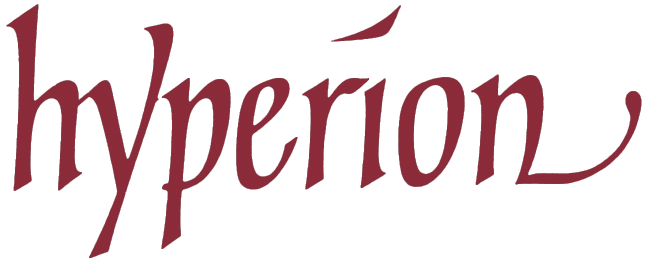Godowsky: Strauss transcriptions & other waltzes
Marc-André Hamelin (piano)
CDA67626
Marc-André Hamelin’s programme is mostly devoted to Godowsky’s works based on themes by—or directly inspired by—Johann Strauss II. It is not intended to be a comprehensive survey but is, nevertheless, fully representative of Godowsky’s finest reflections on the Waltz King. In the three great Strauss transcriptions, Godowsky elevated the art of the piano paraphrase to a higher musical and pianistic plane; however their extreme technical difficulty remains a striking feature and places them out of the reach of ordinary pianists. And Marc-André Hamelin is, of course, no ordinary pianist—in fact his playing on a recent disc was compared to that of Alkan and Liszt.
Triakontameron and Walzermasken are rarely performed examples of Godowsky’s original work, and continue the composer’s love-affair with the waltz—they are written entirely in 3/4 time.
The last work on this dazzling disc is an oddity—indeed, a rarity. Sometime prior to 1925, Godowsky made a piano roll of his arrangement of The Last Waltz by Oscar Straus (1870–1954), the Vienna-born composer. The eponymous Waltz is heard throughout the 1920 operetta. The music of Godowsky’s transcription was never published for some unknown reason—it is a uniquely appealing arrangement. In the early 1970s, Gilles Hamelin, the pianophile father of Marc-André, notated, arranged and edited The Last Waltz from Godowsky’s piano roll, which was then published in 1975. Shortly afterwards, a copy of the negative of Godowsky’s manuscript was sent to Gilles Hamelin. It was all but illegible, so Hamelin Snr. made a fair copy in his own hand: in almost every respect it tallied with the version he had transcribed from the piano roll.

